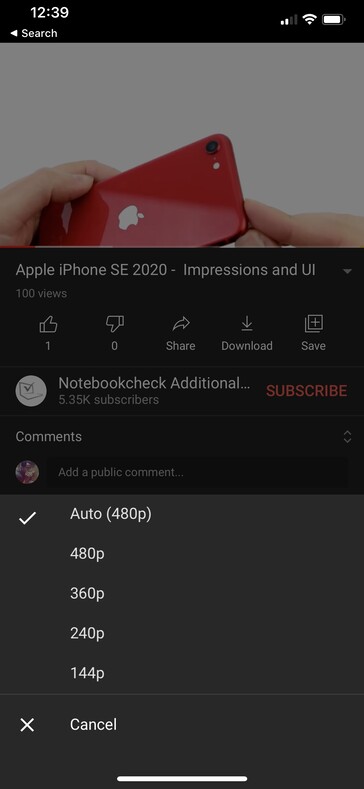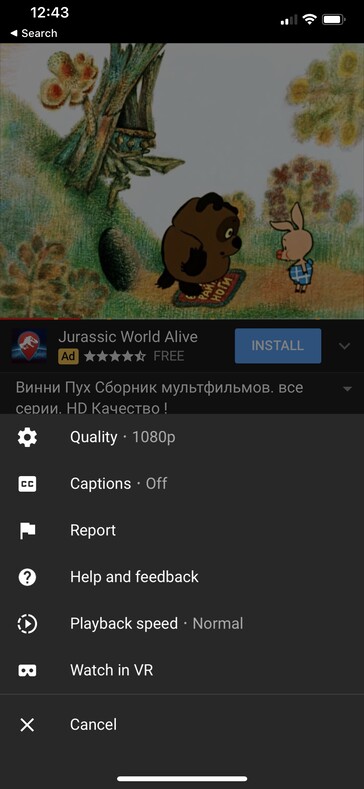Yesterday, we heard that YouTube rejigged its definition of what counts as HD. Apparently, 720p no longer cuts it. However, this news came as bitter irony to hundreds of millions of Indian YouTube users who are forced to watch YouTube videos at a paltry 480p.
YouTube decided a month ago to limit all Indian users of the YouTube mobile app on iOS and Android to a maximum of 480p. Forget 4K or HDR or even "non HD" 720p. Indian mobile users have to make do with 480p as if the clock was turned back to 2008. While YouTube now defaults to 480p playback in other regions, non-Indian users still have the option to up the resolution.
Superficially, the reasoning behind this decision appears to be sound: there's a lockdown in effect and due to the sharp spike in Indian YouTube viewership, mobile resolution options have been limited. However, this is missing the forest for the trees: what about, well, the hundreds of millions of YouTube users everywhere else in the world?
The United States has twice as many YouTube users as India. The total number of European users is higher than India. Even China, a country that blocks YouTube nationally, registered half as many YouTube users as India.
Why are Indian users being singled out, then? One possible argument is that Indian users tend to have lower incomes, meaning lower ad revenue (and therefore lower priority). However, I VPNed into YouTube from Ukraine, a country with a GDP per capita only slightly higher than India, widespread unemployment and an ongoing civil war. 1080p YouTube content worked just fine on my iPhone 11 Pro Max. Disable the VPN and it’s back to smeary, pixelated 480p. This flies in the face of logic since iOS users in India spend nearly six times as much on ads as their Android counterparts.
Unequal access to digital services is something Indians continue to deal with, even those willing and able to pay for premium digital goods. Netflix and Amazon Prime both offer inadequate content libraries. Tidal, a lossless streaming service, requires you to switch App Store countries to subscribe, although recurring payments do work after that. And even though Google's largest campus outside the US is being built in Hyderabad, Indian users can't tell you how terrible Stadia is because we have no servers here.
While the systematic issues surrounding digital access need time and effort to work out, there is an immediate solution to YouTube's India conundrum: just do what Netflix is doing. The other streaming giant has adopted a more egalitarian and user-centred approach to coping with increased bandwidth.
Netflix has reduced streaming bandwidth for users around the world, meaning everyone shares the burden. And instead of capping resolution, it continues to offer streams at up to 4K, with a slight hit to image quality. This is the way to go instead of singling out an entire country based on flawed assumptions.












